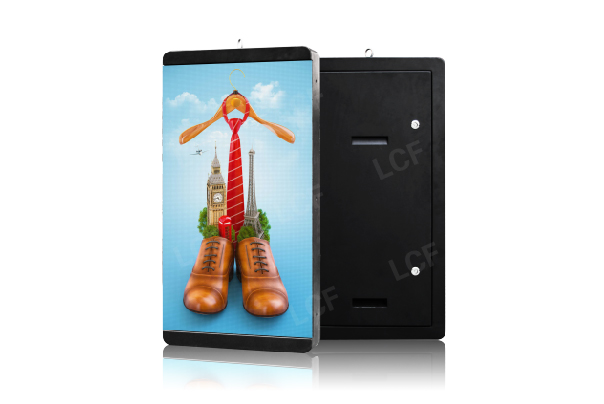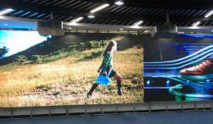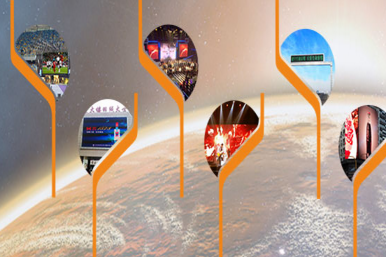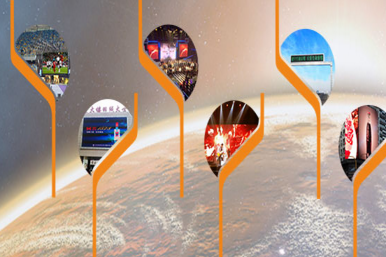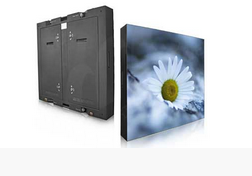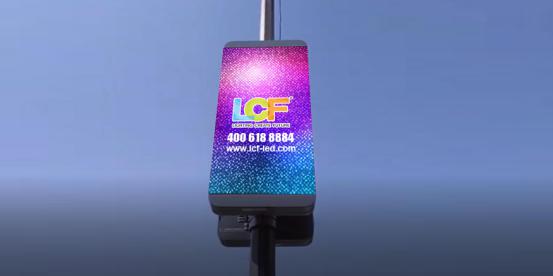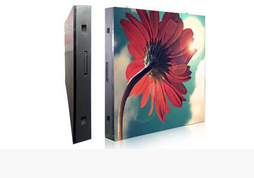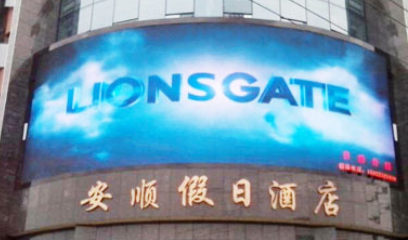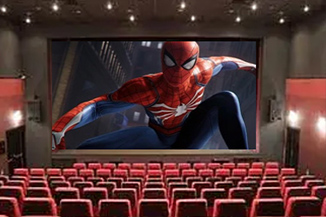Publisher: Supplier of LED Display Time: 2019-08-23 09:32 Views: 4329
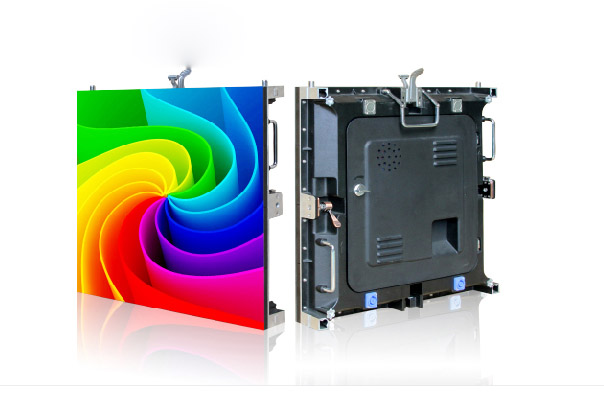
Uniformity proofreading is summarized as: factory proofreading, repair proofreading, service area proofreading and on-site proofreading.
Generally speaking, when the LED display screen runs to a certain moment, all LED light-emitting tubes will have brightness attenuation, and the attenuation curves of the three primary color tubes are not the same. Therefore, their brightness will be lower than the brightness before leaving the factory. However, the difference in the photoelectric characteristics of each LED light-emitting tube causes errors in the degree of decline in their brightness. Therefore, when the display screen is used for a period of time, the light-emitting tube will show different degrees of brightness attenuation, making the display between pixels uneven, and then compared with the screen at the beginning of the factory, the entire picture will appear a granular display state, or overall brightness decline. The attenuation curves of the three primary color tubes do not jointly change the white balance and color temperature.
In practice, due to the attenuation of the LED tube and the change of other factors such as ambient temperature, it is almost inevitable that the performance of the excellent display screen at the factory will deteriorate. It is impossible to complete the installed LED display screen and transport it back to the factory for proofreading. In view of these characteristics, it is necessary for display manufacturers to carry out on-site calibration to ensure that the display function of the factory is always maintained during the entire life cycle of the display. Several on-site proofreading methods:
1. Calibration method based on LED operating time: This is an early on-site calibration method, which is based on tracking and recording the operating time of each LED module to perform on-site calibration of the display. By roughly calculating the working time of each LED, measuring their respective uniform brightness attenuation, estimating different calibration levels, and then sending them to each LED module for corresponding adjustment. This method does not require any manual input. However, this method neglects a very important problem. The LED attenuation frequency estimated through the running time is not suitable for each LED. As the operation time increases, the scale of the LED attenuation frequency becomes larger and larger. The calibration on a uniform basis brings some of the LEDs close to the calibration level, but makes the other part of the LEDs more and more violated. Because the brightness level of each module is not the same, there is no effective way to adjust these modules that do not match the brightness. Therefore, when adjusting the uniformity between different modules at the time of operation, a series of problems will occur. And the key point is that this method cannot complete the calibration between pixels. Therefore, through this kind of proofreading, the overall impression of the display screen will appear mosaic phenomenon, which cannot improve the uniformity of the display screen in the later stage.
2. According to the on-site common proofreading method: In order to completely improve the uniformity of the display screen, a dedicated collection device is required to quickly and* collect the light color information of each pixel of the LED display screen on the spot, through related algorithms Compensate for the actual attenuation of each LED light-emitting tube, and then complete the common calibration in the true sense. Even the LED modules that are not working together can also complete the pixel-level calibration. Through proofreading, the display screen can be restored to the uniform display effect when it left the factory.
